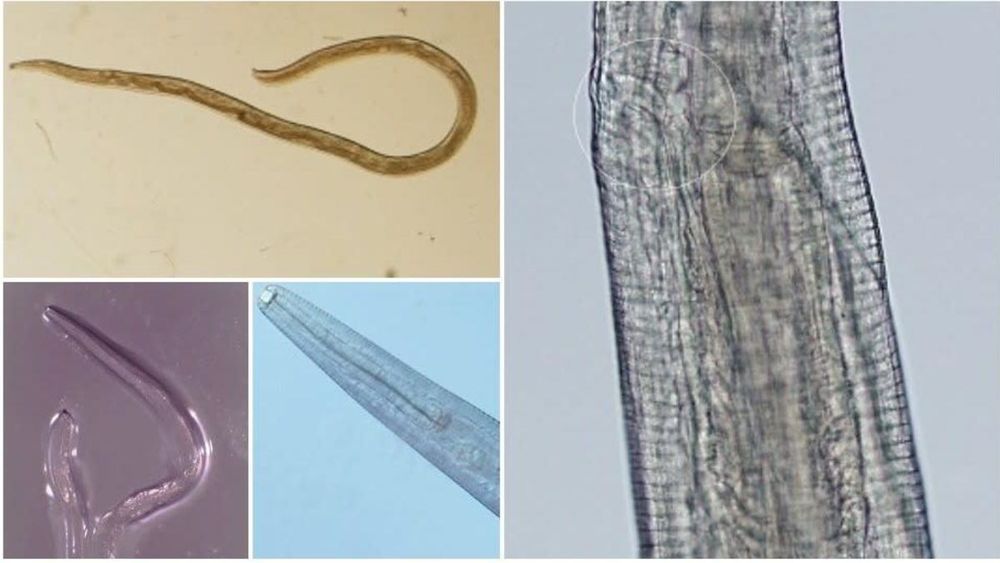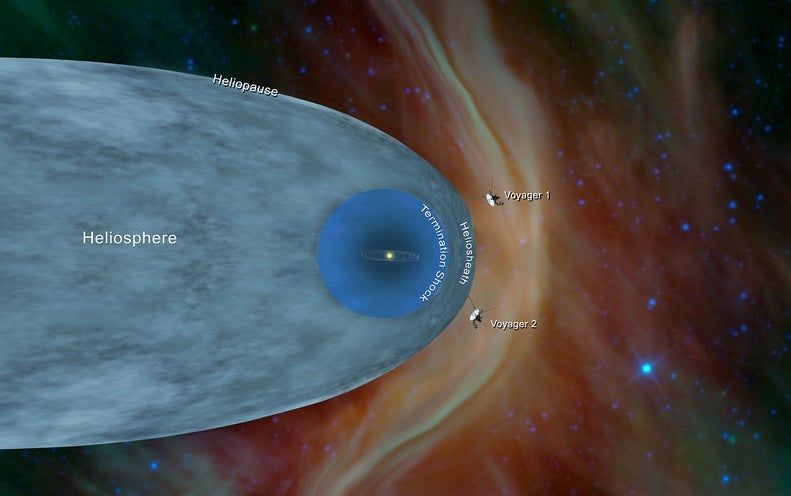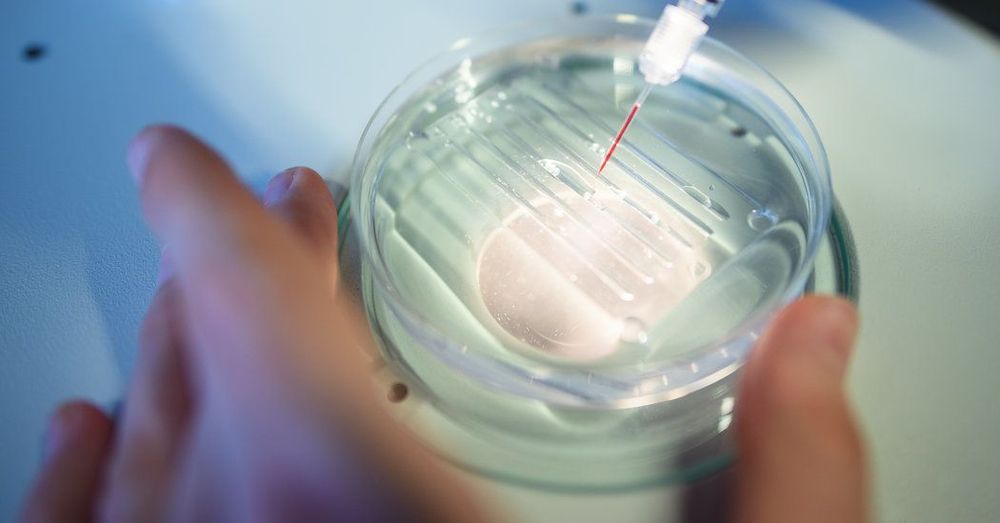DarkUniverse went undetected for at least 8 years. The NSA finally outed it.



A species of worm that can infect human eyes has done it again, and this time it chose a 68-year-old woman from Nebraska. The woman is thought to be only the second human victim of these worms ever documented. But the incident signals they could become an emerging parasitic disease in the U.S.
The disturbing details of the case were laid out in a paper published this October in the journal Clinical Infectious Diseases. The woman’s doctors, as well as researchers from the Centers for Disease Control and Prevention, contributed to the paper.

Scientists analyzing data from a defunct satellite say we should all consider that our universe might be round, rather than flat. The consequences, they explain in a new paper, could be crisis-inducing.
Current theories of the universe, which describe its age, size, and how it evolves over time, are built around a flat spacetime. A new paper reiterates that data from the final Planck satellite release might be better explained by a round universe than a flat universe. Though not everyone agrees with the paper’s conclusions, the authors write that the consequences of assuming a flat universe when the universe is actually round could be dire.

A lab-grown liver stand-in may better predict bad responses to drugs than animal testing does.
A human “liver chip” — liver cells grown on a membrane along with several types of supporting cells — formed structures reminiscent of bile ducts and reacted to drugs similarly to intact livers, researchers report November 6 in Science Translational Medicine. Similar rat and dog liver chips also processed drugs like normal livers in those species, allowing scientists to compare human liver cells’ reactions to drugs to those of the other species.
Rats, dogs and other animals are often used to test whether drugs are toxic to humans before the drugs are given to people. But a previous study found that the animal tests correctly identified only 71 percent of drug toxicities.

“Cogito, ergo sum,” Rene Descartes. Translation: “I think, therefore I am.”
What makes us, us? How is it that we’re able to look at a tree and see beauty, hear a song and feel moved, or take comfort in the smell of rain or the taste of coffee? How do we know we still exist when we close our eyes and lie in silence? To date, science doesn’t have an answer to those questions.
In fact, it doesn’t even have a unified theory. And that’s because we can’t simulate consciousness. All we can do is try to reverse-engineer it by studying living beings. Artificial intelligence, coupled with quantum computing, could solve this problem and provide the breakthrough insight scientists need to unravel the mysteries of consciousness. But first we need to take the solution seriously.




